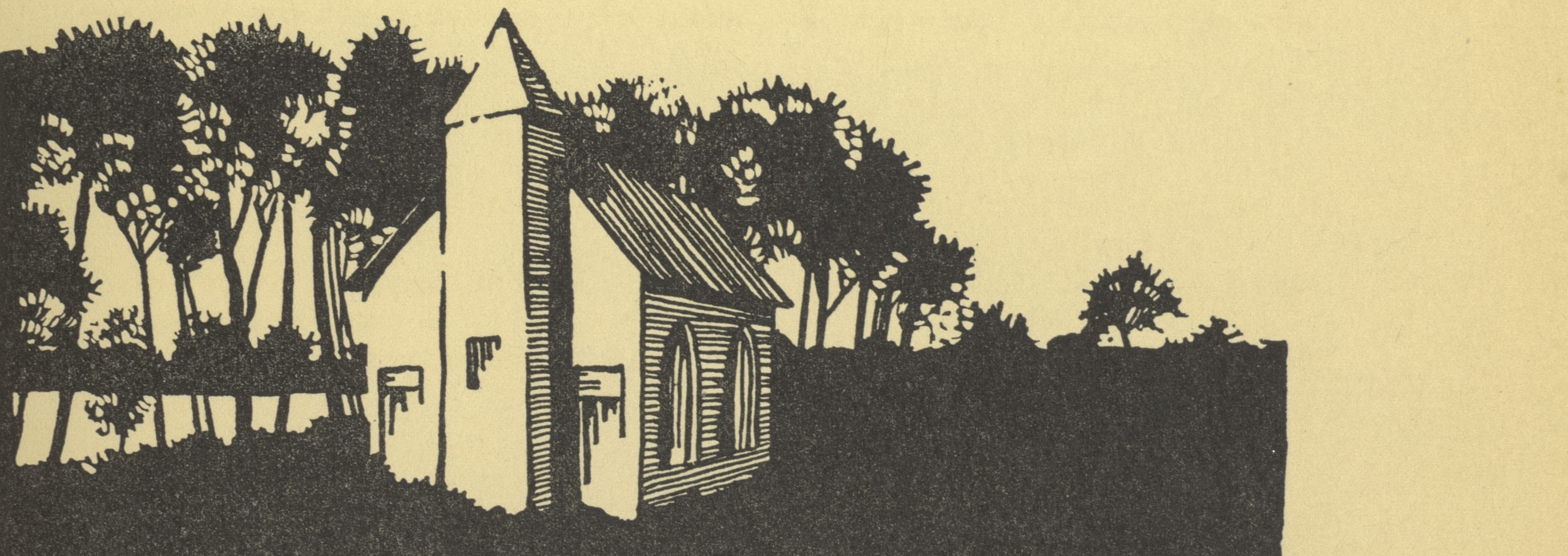
While New Orleans rivaled Philadelphia and New York as a center for music performance and sheet music publication in the first half of the nineteenth century, few volumes of sacred music were issued in Louisiana, beyond rare exceptions reflecting the state’s cultural and linguistic diversity. Composer Frederick E. Kitziger (1844–1903), for example, was among the first to write and disseminate genteel art music for use by Reform Jewish congregations in the United States. A non-Jewish German immigrant, Kitziger worked as church organist and as section leader for New Orleans’s French and English opera houses, while also serving as music director of the city’s prestigious Touro Synagogue, founded in 1881. Kitziger’s published works consist almost exclusively of Jewish liturgical music, like his Shire Yehudah: Songs of Judah (1888–99). Other New Orleans musicians would enjoy equally cross-genre and cross-cultural careers, composing organ music for the Lutheran church, like Dietrich Meibohm (1847/48–1924), or liturgical handbooks for Spanish-speaking Catholics. Musics of Louisiana’s black populations, influenced by the state’s French and Spanish heritage, fascinated white out-of-region audiences and attracted both local and northeastern publishers. As with Gullah storytelling and music in the Lowcountry, white locals who had access to black music making in Louisiana—such as Helen Dymond Benedict (1869–1954) via individuals formerly enslaved by her family, or R. Emmett Kennedy (1877–1941) via connections in the Delta city of Gretna—profited from the packaging of their subjects’ songs and stories for consumption by white northern audiences.
—Erin Fulton